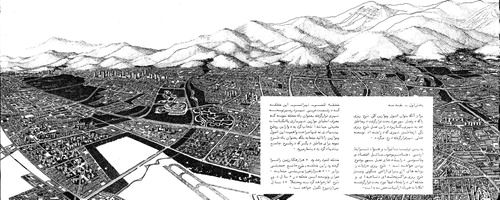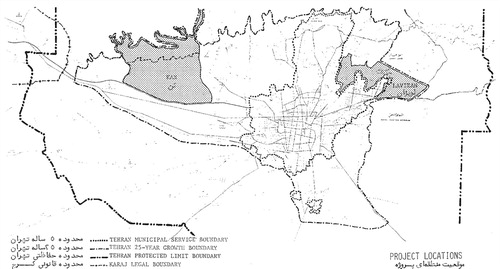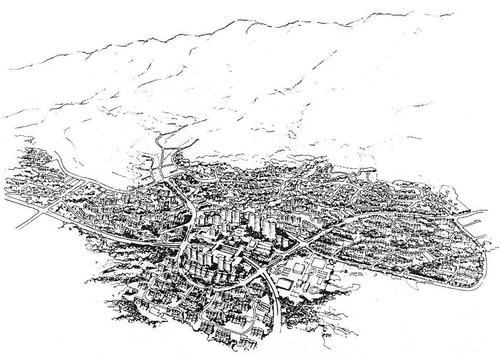Figures & data
Figure 1. President John F. Kennedy meets with Mohammad Reza Pahlavi at the White House, 1962.
Source: Robert Knudsen. White House Photographs. John F. Kennedy Presidential Library and Museum, Boston.
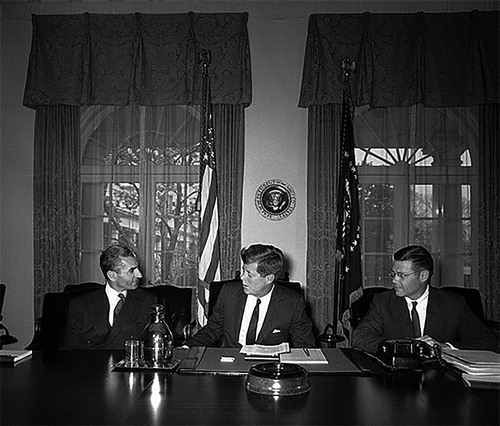
Figure 2. The Shah and Queen Farah visit the High Council of Urban Planning and Architecture, in 1966. Amir-Abbas Hoveyda (Prime Minister), Naser Badi (Director of the Council), and Dariush Borbor (Urban Planning Consultant) are also present in the photo.
Source: Dariush Borbor.
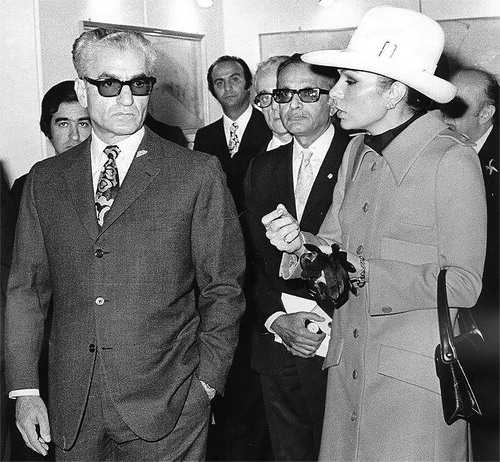
Figure 3. The planning team working on the TMP in the Tehran office, 1968. Fereydoon Ghaffari, in the middle of the photo who has a pen in hand, presents the plan to the team.
Source: Fereydoon Ghaffari.
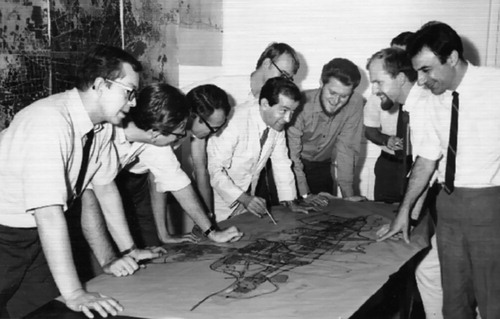
Figure 4. The diagram shows Gruen’s concept of the metropolis of tomorrow including ten satellite towns united with a mega centre.
Source: Victor Gruen Papers, American Heritage Centre, University of Wyoming.
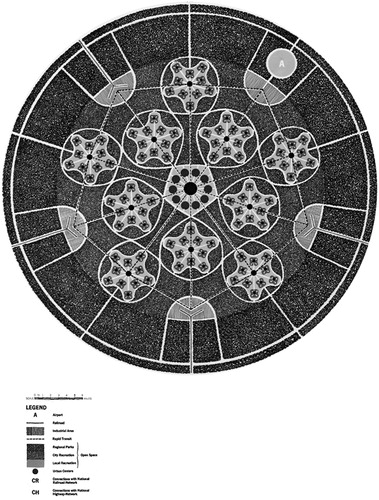
Figure 5. Five alternatives for Tehran’s urban pattern.
Source: Victor Gruen and Abdolaziz Farmanfarmaian, “The Comprehensive Plan of Tehran”.
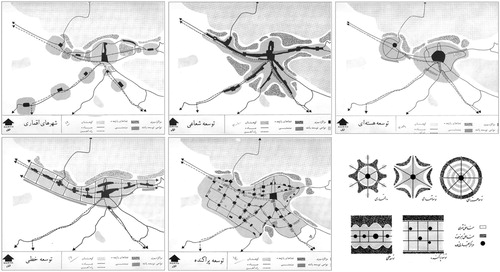
Figure 6. The diagram shows the linear urban structure for Tehran proposed by the TMP.
Source: Victor Gruen and Abdolaziz Farmanfarmaian, “The Comprehensive Plan of Tehran”.
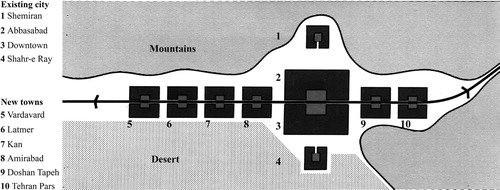
Figure 7. The final proposal of the TMP indicates a rejection of the centripetal urban form.
Source: Victor Gruen and Abdolaziz Farmanfarmaian, “The Comprehensive Plan of Tehran”.
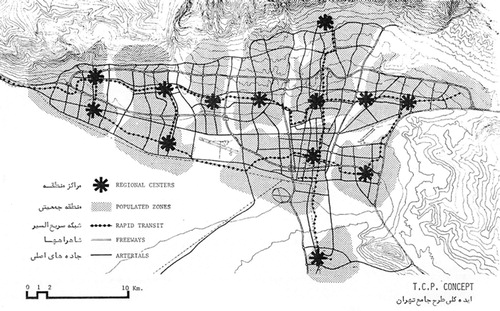
Figure 8. The Tehran Master Plan’s proposal for the new centres of activity in Tehran.
Source: Victor Gruen and Abdolaziz Farmanfarmaian, “The Comprehensive Plan of Tehran”.
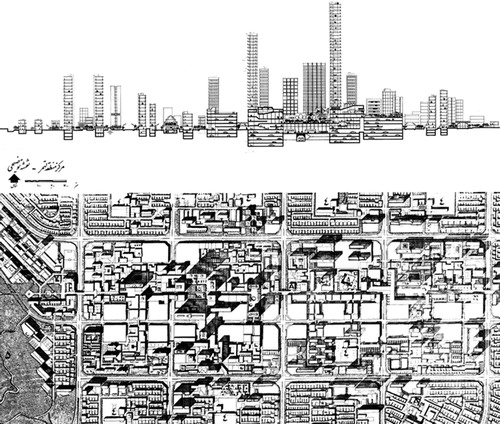
Figure 9. The sketch shows the TMP’s proposal for the development of empty stretches of land in West Tehran.
Source: Victor Gruen and Abdolaziz Farmanfarmaian, “The Comprehensive Plan of Tehran”.
